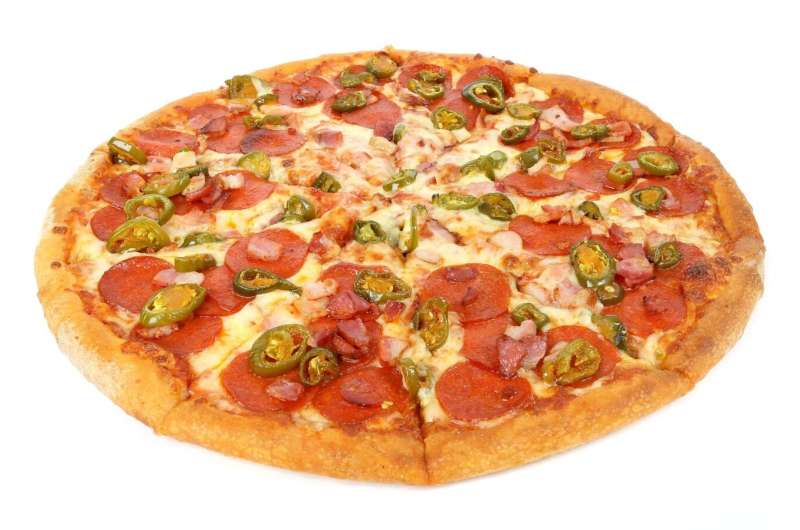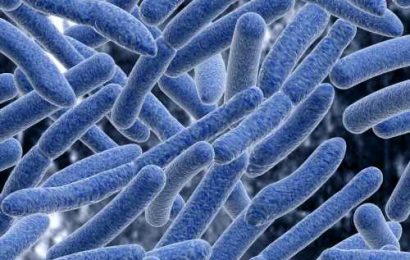
Foods are not only characterized by their nutritional composition, but also by the degree of processing, which is crucial to determine the overall food health potential. Its indication on the labels would therefore help consumers to choose with greater awareness.
These are the results of an Italian study by the Department of Epidemiology and Prevention at the I.R.C.C.S. Neuromed of Pozzilli in collaboration with the University of Insubria in Varese and Como, the University of Catania and the Mediterranea Cardiocentro of Naples. Published in the British Medical Journal, which also dedicated an editorial to this work, the study investigated what aspect of nutrition best defines the risk of mortality.
The researchers followed for 12 years more than 22 thousand people participating in the Moli-sani Study, monitoring their health status and associating it with eating habits, taking into account both the nutritional composition of the diet and the degree of food processing.
“Our results,” says Marialaura Bonaccio, epidemiologist of the Department of Epidemiology and Prevention at the IRCCS Neuromed of Pozzilli and first author of the study, “confirm that the consumption of both nutrient-poor or ultra-processed foods independently increases the risk of mortality, in particular from cardiovascular diseases.
“However, when we jointly took into account both the overall nutritional composition of the diet and its degree of processing, it came out that the latter aspect was paramount to define the risk of mortality. Actually, over 80 percent of the foods classified as unhealthy by the Nutri-Score are also ultra-processed. This suggests that the increased risk of mortality is not due directly (or exclusively) to the poor nutritional quality of some products, but rather to the fact that these foods are mostly ultra-processed.
“It is estimated that one in five deaths in the world is due to unhealthy diets, for a total of 11 million deaths a year—recalls Augusto Di Castelnuovo, researcher at the Mediterranean Cardiocentro in Naples—This is why improving eating habits is at the top of the priority list of public health agencies and governments around the world.”
A proposal to help people make healthier food choices is to use a front-of-pack labeling system for commercial products. Already used on a voluntary basis in some European countries, such as France and Spain, front-of-pack labels are now being examined by the European Commission in order to adopt a harmonized and mandatory nutrition labeling scheme in all Member States. The Nutri-Score, developed in France, is given as a favorite. This system shows nutritional quality of a food (on the basis, for example, of the content of fat, salt, fiber, etc.) by a five-color scale (from dark green to dark orange) associated with letters, from A to E.
But nutritional composition is not the only factor to take into consideration when looking at diet-health relationship. The NOVA classification, in particular, instead of evaluating a food on the basis of nutritional characteristics, looks rather at how much that product has been processed, mostly at the industrial level.
NOVA specifically identifies the so-called ultra-processed foods, i.e. those foods made in part or entirely with substances not routinely used in the kitchen (hydrolyzed proteins, maltodextrins, hydrogenated fats, etc.) and which generally contain various additives, such as dyes, preservatives, antioxidants, anti-caking agents, flavor enhancers and sweeteners. This category includes the usual suspects: sugary and carbonated drinks, pre-packaged baked goods and spreads. But also apparently innocent products must be regarded as ultra-processed. It is the case of rusks, some breakfast cereals, crackers and fruit yogurt.
According to the NOVA system, proposed a decade ago by a team of Brazilian researchers, a slice of unprocessed meat is healthier than a vegan hamburger, simply because the former has not undergone industrial manipulation and possibly does not contain food additives, while the latter is the result of an articulated industrial processing at the end of which the percentage of whole food is negligible.
“The goal of helping people make healthier food choices is certainly a priority,” says Licia Iacoviello, Director of the Department and Professor of Hygiene at the University of Insubria in Varese and Como. “However, the Nutri-Score, as well as other labeling systems, developed in Italy and in other countries, only partially transfer the message aimed at improving food choices. While the letters and colors of the Nutri-Score may help to quickly compare products belonging to the same category, allowing people to choose the best one from a nutritional point of view, they does not provide any indication on food processing degree. This is why we believe, in agreement with other researchers worldwide, that every nutritional labeling system should be integrated with information regarding the level of processing.
“For a truly effective prevention strategy, we shall focus on those foods that the Nutri-Score classifies as healthy from a nutritional point of view but which are also highly processed—explains Giuseppe Grosso, associate professor at the University of Catania—This is the case, for example, of some beverages which, despite having a reduced sugar content, thus being adequate on a nutritional level, so as to earn a letter B in the Nutri-Score, are in fact highly processed. Or even some types of yogurt and cold desserts that are low in fat although containing a full-bodied list of food additives.”
Source: Read Full Article


